|
TennisOne Lessons Dynamic Warm-up Paul Gold Have you ever pulled a muscle standing still? My guess is that the answer is no. Think about it then, does running up and down the court a few times before performing a few (static) stretches represent what happens when you start playing tennis? If you said NO then you would be correct, so why do I see so many players doing exactly this as their warm-up? What is the point of preparing your body in that way?
The main problem with the "typical warm-up” is that it does not adequately prepare you for the demands of the game. Jogging in a straight line is not representative of the sport of tennis and normally has minimal effect on body temperature. Static stretching is performed slowly either standing still or sitting and while it can be useful at the end of a session for increasing range of motion, before you start play; however, research has shown that it reduces power output, causes a drop in body temperature (negating any gains previously made from jogging) and bears no resemblance to the very active contraction - relaxation process that occurs between muscles when you play. To get you ready to perform at the top of your game, follow these guidelines!
Replace jogging with a more dynamic series of movements that include skipping (no rope), high knee drills, butt flicks, crossover, and progressive shadowing. This should take about five minutes and you will be breathing quite heavily by the end. Use dynamic forms of flexibility like walking quad stretches, lunges, and high kick walks along with some leg and arm swings in all planes of motion. Below is an example of an on court dynamic warm-up sequence.
Side shuffles Side-shuffling, is basically a sideways gallop that prepares you for the basic lateral (sideways) movements you will perform when you play. If traveling to the right, start from a wide base before bringing your left foot in towards your right. As your feet come together, move your right foot sideways to regain the wide base. Repeat this cycle for the specified distance. The carioca is a great way of improving coordination, hip turn, and foot speed in a lateral direction.
Repeat the sequence in reverse to move to the left. Butt Kicks Butt kicks are a great drill for developing the fast twitch muscles needed for the continual multidirectional starting, stopping, and pivoting required during play.
High knees High knees are another great drill for developing leg speed as well as working the all important hip flexors. It is performed with a running type motion (like the butt kicks). On each step, lift your knee as close to your chest as possible (leaning back slightly will help) Zig zags (not shown) are basically side shuffles (see above for description) with some forward movement and are good for developing the multidirectional movements you will make on the court.
Line up 7 or 8 cones in a straight line and side shuffle in between every cone in succession one at a time before turning around to zig zag back to the start. To add difficulty try gong backwards on the way back. The walking quad stretch (quadriceps) is a dynamic version of the well known static stretch that flexes the quadriceps muscles.
Walk forwards with your left foot and whilst bending your right leg at the knee grab just below the right ankle, pulling slightly to stretch the front of the thigh (quadriceps). Whilst doing this outstretch your left arm at shoulder level and lean slightly forwards for balance. High Kick Walks This exercise dynamically flexes the hamstrings, the main muscles used for explosive movements.
Obviously the higher your arms are in this drill the greater the difficulty and the greater the stretch. Walking Lunges The walking lunge is an excellent exercise that works both lower body strength and flexibility. Start by standing tall with shoulders back, abdominals drawn, chest high, feet together and hands down by your side. Take a controlled step forward with your right leg, bend both knees and lower hips toward the floor, but do not touch the ground with the back knee (the front knee should be directly over the ankle and the back knee should be pointing down toward the floor). Push off the left foot and bring it forward to the start position before stepping forward and repeating (as above) for the left leg.
Leg Swings Flexion/Extension (not shown) - Stand sideways to a wall/net post with your weight on your left leg and your right hand on the wall/post for balance. Swing your right leg forward and backwards. (12 repetitions on each leg) Cross-Body flexion/Abduction - Lean slightly forward with both hands on a wall/net post and your weight on your left leg. Swing your right leg to the left in front of your body, pointing your toes upwards until your foot reaches its furthest point of motion. Then swing the right leg back to the right as far as comfortable (12 repetitions on each leg) Shadowing
Starting from your ready position, move sideways and pretend to hit a forehand before returning to the center. Repeat 12 times increasing the speed and force of your movements as you build to 100% intensity. Your comments are welcome. Let us know what you think about Paul Gold's article by emailing us here at TennisOne.
Paul Gold is the driving force behind Power Tennis Training. He has always been committed to utilizing sound scientific based methodology to achieve excellence in the field of fitness training and athletic preparation. Paul has a Masters degree in Sports Sciences and is a Performance Enhancement Specialist and Speed Agility Quickness trainer. Go straight away to www.powertennistraining.com register your details and receive your FREE Essential footwork drills of the Pros. |
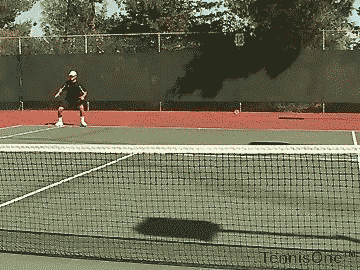
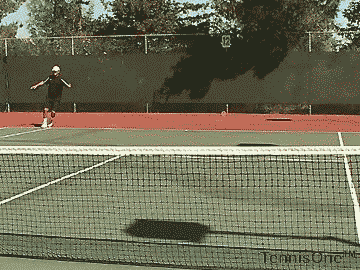
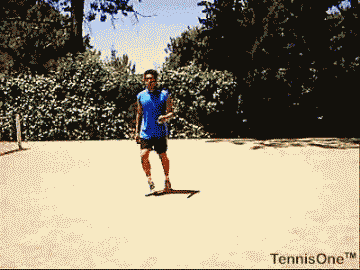
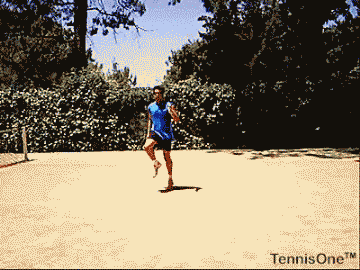
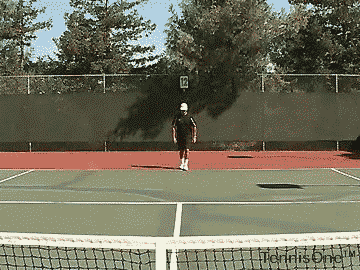
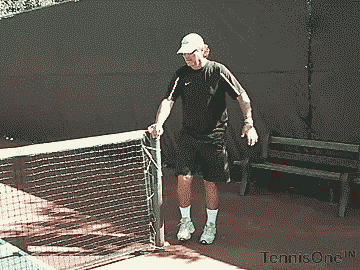
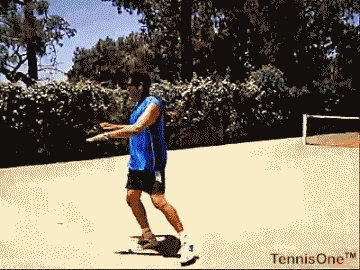
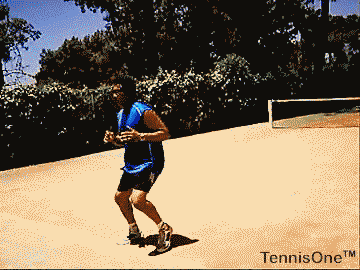
 Paul Gold
Paul Gold